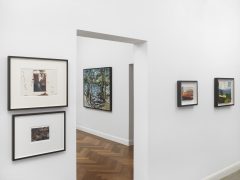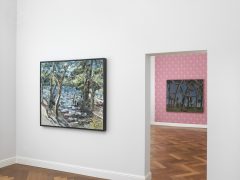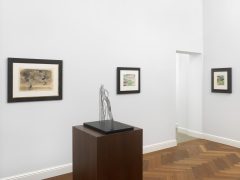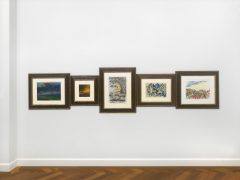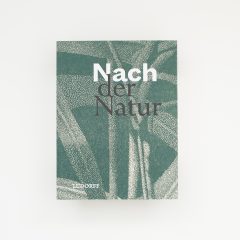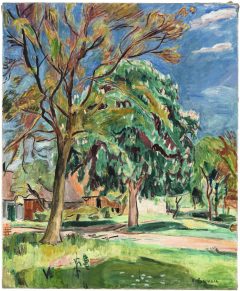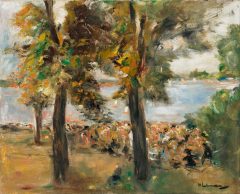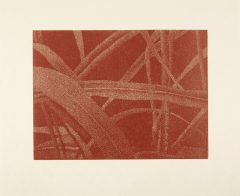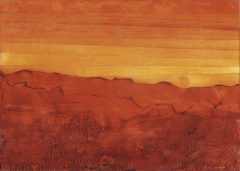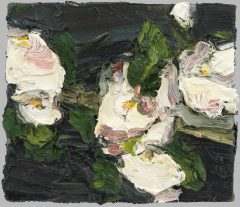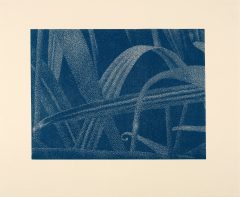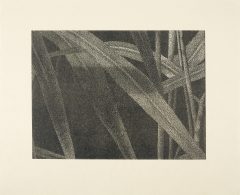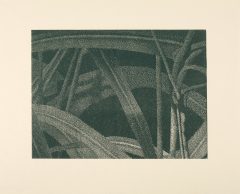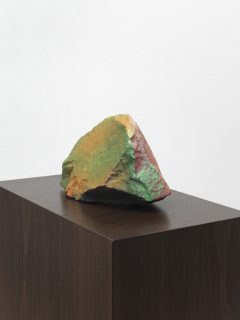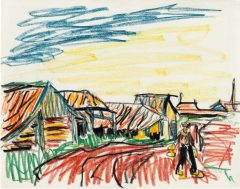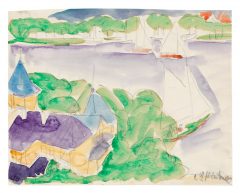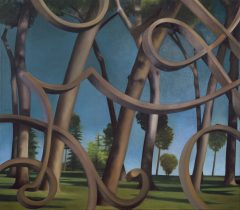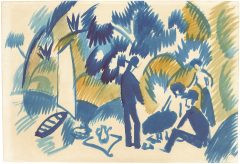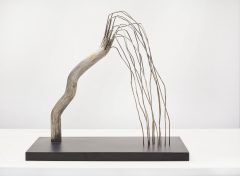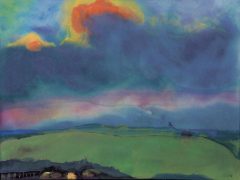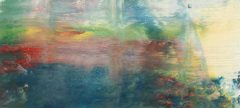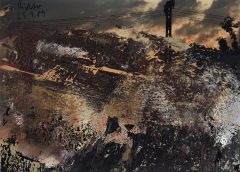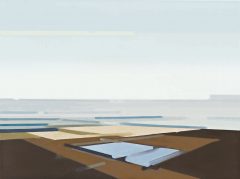Jun 23 – Aug 19, 2017
Gallery Ludorff Königsallee 22 Dusseldorf
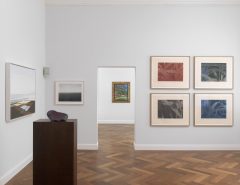
»Where nature has been, reason should be; where spontaneity has been, construction should be; where id has been, ego should be; where objectivity has been, subjectivity should be.«
Rolf Peter Sieferle
With this in mind, the title Nach der Nature / From Nature can be understood in many ways. First and foremost, it refers to the way in which we try to imitate nature; the way we visually copy it and create a likeness. The “from” in the title refers to the mimesis, or the imitation, of nature, as well as the related notions of rendering nature from a neutral point of view by working in and in front of nature. Nature inspires us to artistically emulate its creation and reproduce the moments of infinite beauty that only nature is able to create.
Nature and Landscape
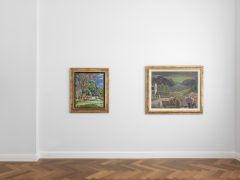
Landscape painting in particular not only influences how our perception of nature seems like a kind of field of view; it also attempts to find a pictorial expression for how we experience nature. As a theme, landscape serves as a way of sensitizing people to the aesthetics and experiences of nature. Yet there is much more to artists' endeavors than a mere aesthetic interest in the wonders of nature and their manifestations.
Landscape becomes a social code that both presents and represents – an idea based on the fact that ever greater interventions are made in nature by humans, which brings us back to the initial question: Is nature capable of losing some of its naturalness through overuse and repurposing? As we can see in Michael van Ofen’s pictures of strictly controlled and planned strips of land and Bernd and Hilla Becher’s photographs, the works in this exhibition present different degrees of the transformation of nature. They also tap into the cultural history of nature and explore the place of humans in this world.
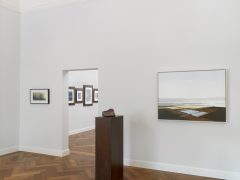
Landscape as a Symbol
The “on” in the exhibition title therefore not only implies a chronology – and hence the physical and topographical remodeling of nature – but also an ever changing interaction and mental engagement with the self and the world, which is represented by nature in landscape. Landscape painting is therefore not just a genre of painting; it is also a comprehensive cultural means of communication. Max Liebermann’s garden scenes and Gabriele Münter’s uninhabited pictures both suggest social entanglements. They relate to the other and speak of how nature is experienced and felt.
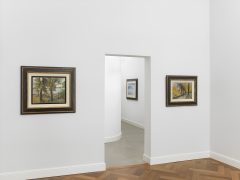
Nature Imitating Nature
Since the early twentieth century, landscape has become an autonomous subject that has liberated itself from the constraints of truthfulness. Yet landscape painting still provides room to reflect on art and reality, as well as perception and reality, and it remains a valuable tool for engaging in specific problems of painting.
In Karin Kneffel’s and Franz Gertsch’s works, “from” nature is meant literally. They present nature as an illusion of nature in order to interfere with the usual mode of perceiving pictures. Kneffel’s photorealistic paintings are meant to confuse viewers, and although we sense that something is not right, we cannot put our finger on what it is that bothers us. Through the subtle manipulation of the photographic models, these works ultimately distance themselves from all claims to truth. Although familiar and trusted, they nevertheless seem unapproachable.
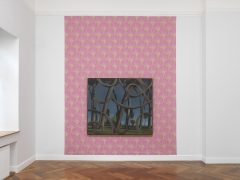
From Nature
Die Galerie Ludorff freut sich, Sie zur Gruppenausstellung „Nach der Natur“ einzuladen, die es sich zum Anlass nimmt, dem Verhältnis von Kunst und Natur, Natur und Landschaft in ihrer ganzen Breite nachzugehen. Die Schau gibt ein Bewusstsein dafür, dass der Darstellung von Natur weit mehr vorausgeht, als ein affektives Interesse an äußeren Erscheinungen. Natur – so scheint es – wird schlussendlich zum Medium der symbolischen Repräsentation und wird zur soziologischen Landschaft gesellschaftlicher Verfassungen, in der sich Außenwelt wie Innenwelt als Versatzstücke von Wirklichkeit gegenüberstehen.
Nach der Natur meint somit nicht nur den Modus der Nachahmung, sondern versteht sich darüber hinaus als Anekdote des Gesehenen und impliziert nicht zuletzt eine Zeitlichkeit, die danach fragt, welchen Platz der Mensch in seiner Umwelt noch hat. Natur- und Landschaftsdarstellungen stellen die Zweckmäßigkeit von Natur dar, beobachten die Entfernung und Entfremdung von Natur im Zeitalter der Industrie, wie etwa in den Arbeiten von Bernd und & Hilla Becher, Hiroshi Sugimoto oder Michael van Oven. Landschaft thematisiert die Vergesellschaftung von Umwelt und die Wechselbeziehung zwischen Mensch und Natur.
